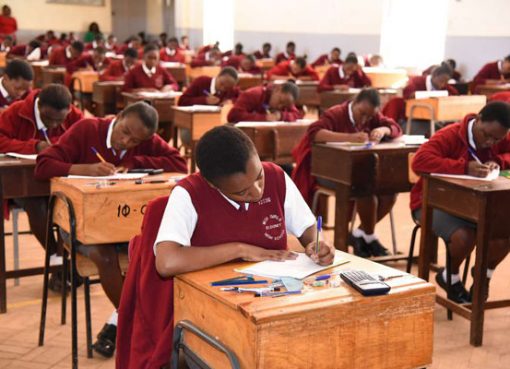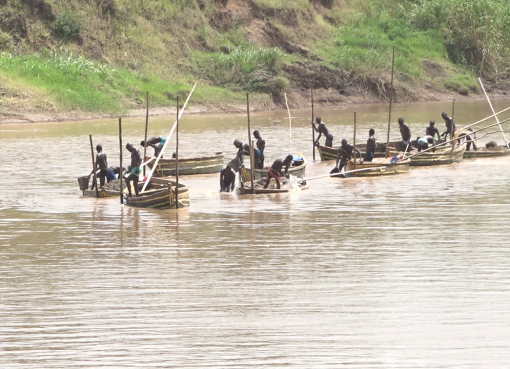East African Community (EAC) Partner States are advocating for the strengthening of Inland Waterways Transport (IWT) to reduce carbon emissions in the region.
EAC Deputy Secretary General in charge of infrastructure, productive, social, and political sectors, Andrea Aguer Ariik, highlighted that inland waterway transport offers an environmentally friendly alternative to road and rail transport.
Ariik explained that this mode of transport consumes six times less energy than road transport and twice as much as rail, with carbon emissions significantly lower than other transportation modes. He added that water transport is ideal for moving substantial volumes of bulk goods efficiently through shorter maritime routes with minimal interruptions.
With improved transport infrastructure on Lake Victoria, Ariik stated, the region could generate annual trade worth USD 60 billion while boosting tourism. Speaking at a side event during the COP29 summit in Baku, Azerbaijan, he noted that leveraging lakes and rivers for transport could enhance regional integration and trade.
“While road and rail systems require ongoing maintenance and upgrades, navigable waterways demand considerably less investment and can integrate seamlessly with existing road and rail links,” he said.
He noted that EAC partner states have made progress in strengthening Inland Water Transport through key initiatives, such as renovating ports in Kisumu, Mwanza, and Port Bell, which have enhanced the navigability of Lake Victoria.
The construction of the new Bukasa port in Uganda is set to establish a reliable, sustainable multi-modal transport system along the Central and Northern Corridors. Additionally, the rehabilitation of vessels like MV Uhuru I, MV Umoja, MV Victoria, and MV Butiama, along with new vessels such as MV Mwanza and MV Uhuru II, were cited as positive developments.
Ariik also highlighted the launch of tankers MT Kabaka Mutebi II and MT Elgon, with a combined capacity of 10 million liters, as a step forward in efficiently transporting fuel from the Kenya Pipeline Depot in Kisumu to Port Bell in Uganda. “These tankers have effectively removed around 300 fuel trucks from the roads, thereby minimizing pollution,” he said. Other investments include modernizing dry-docking facilities at Mwanza and Kisumu ports and establishing Maritime Rescue Coordination Centres in Mwanza, Entebbe, and Kisumu.
Beyond Lake Victoria, waterways such as the Akagera River, which flows through Rwanda, Tanzania, and Uganda, and the Nile River, which spans 11 countries, hold great potential. “Once fully developed for navigation, these waterways could optimize the use of the continent’s natural resources, driving increased development and economic growth,” Ariik said.
However, he pointed out that the sustainable development of inland waterways faces challenges, including inadequate infrastructure, insufficient funding, outdated navigation aids, and a lack of qualified personnel. Additionally, the absence of a regional regulatory framework limits the potential of inland navigation.
Ariik called for collaboration between development partners and the Lake Victoria Basin Commission (LVBC) to address these challenges.
The session, moderated by LVBC Deputy Executive Secretary Eng. Coletha Ruhamya, also featured contributions from EAC Principal Secretary Abdi Dubat, African Development Bank Manager Marco Yagamuchi, African Union Commission Senior Policy Officer Dr. Raissa Ada Allogo, and TradeMark Africa Acting Country Director (Kenya) Dr. Hannah Ngugi. Other panelists included EAC Principal Civil Engineer Eng. Godfrey Enzama and MOESNA Transport Expert Jonah Mumbya.
By Chris Mahandara



